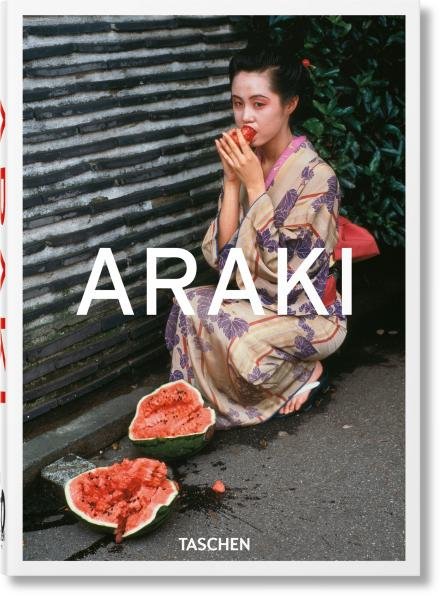Expressionism
Knihu koupíte v
1 e-shopu
Pokud se vám po kliknutí na tlačítko "Do obchodu" nezobrazí stránka knihy ve vybraném e-shopu, je třeba vypnout AdBlock ve vašem prohlížeči pro naši stránku.
Návod na vypnutí je například na adrese https://o.seznam.cz/jak-vypnout-adblock/#1.
Krátký popis
German Expressionists were uneasy and angry. Emerging at the dawn
of the 20th century, they railed against Christian and bourgeois
values as much as rampant urban industrialization.
Anti-imperialist, they were dispersed, shattered, and depleted by
the horrors of the First World War, and rallied their efforts only
to be officially erased by the Nazi “Degenerate Art” exhibition of
1937.In this comprehensive TASCHEN collection, director of the
Gerhard Richter Archive Dietmar Elger gathers the many artists and
elements of this urgent, scattered, complex movement into one
authoritative overview of its protagonists, principles, and
essential role in 20th-century modernism. Finding a critical calm
amid the frenzy of color and distortion, the book distills
Expressionism’s leading collectives, Die Brücke and Der Blaue
Reiter, as well as its regional characteristics across its Berlin
and Munich hubs, and its North German, Rheinland, and Viennese
variants.Along the way, we compare and contrast themes and
stylistic choices as this dispersed group of artists wrestled with
their modern industrial reality. We find luminous streaks from
Wassily Kandinsky, and the sickly hues of Ernst Ludwig Kirchner,
the futurist facets of Franz Marc, and a partial Impressionist
throwback in the gaudy dabs of Emil Nolde. We meet fat faces, tired
faces, and faces like African masks. We walk into seedy bars with
bloated old men, and then enter a claustrophobic yellow room
occupied by an awkwardly posed nude. We are crushed in a cacophony
of city sound and smoke, and then left alone with woods, a lake,
and silence.Spanning this richness and range in Expressionist
output, Elger features such well-known figures as Beckmann,
Kandinsky, Kirchner, Kokoschka, Nolde, Schiele, while taking care
to present inadequately studied artists such as Conrad Felixmüller,
Ludwig Meidner, and Marianne von Werefkin. The result is an
expansive, inclusive, dependable digest of a vivid, often violent
mode of expression, and the yearning and unease behind its frenzied
paintwork.
Vývoj ceny
Aktuální Ø cena knihy Expressionism je 886 Kč
Výběr knih autora
Dietmar Elger
Zobrazit všechny knihy autora
Dietmar Elger
Výběr knih vydavatele
Taschen
Zobrazit všechny knihy vydavatele
Taschen
Naše tipy
- Právě probíhající akce a slevy na knihy
-
Knihydobrovsky.cz | do 27.08.2025
-
Dobre-knihy.cz | do 30.08.2025
-
Knihydobrovsky.cz | do 31.08.2025
-
Knihydobrovsky.cz | do 31.08.2025
-
Knihydobrovsky.cz | do 03.09.2025
-
Bookshop.cz | do 31.12.2025
- zobrazit všechny akce












